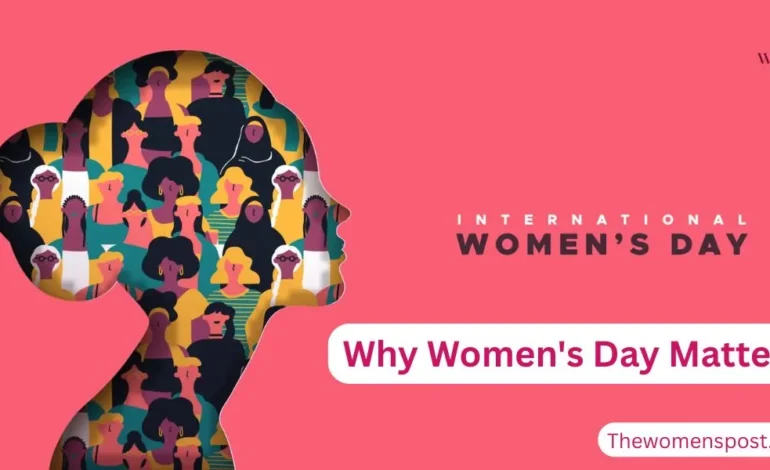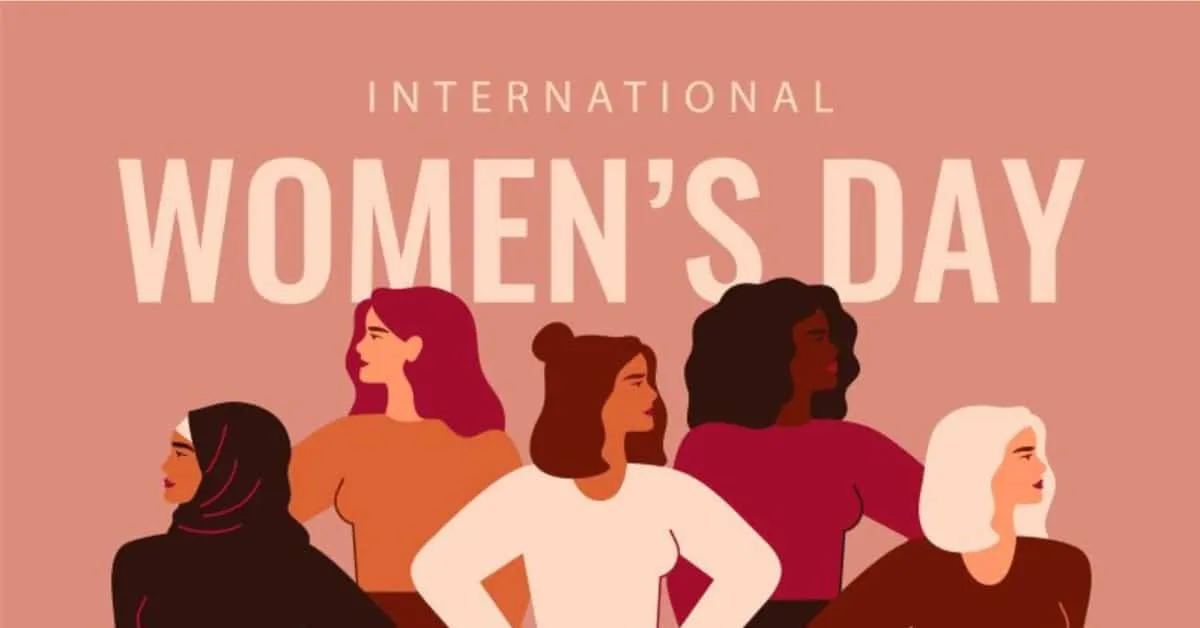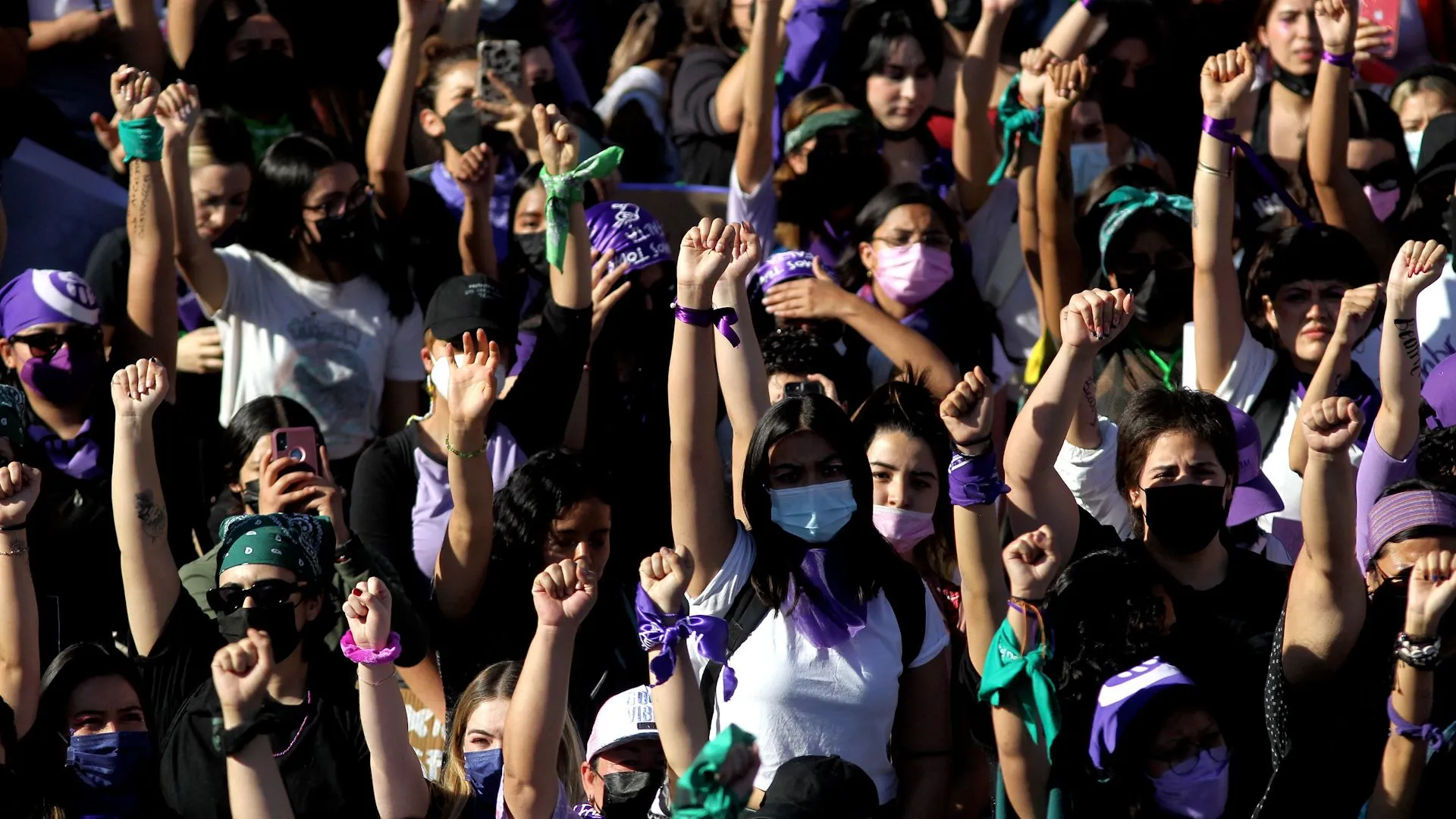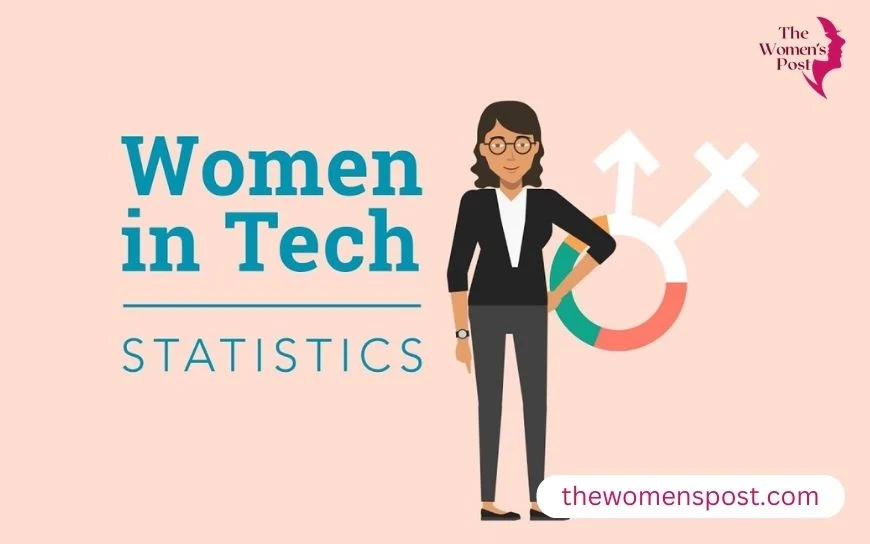Why Women’s Day Matters: Sectors Leaders Weigh In On Its Importance

International Women’s Day, officially called Women’s Day, is commemorated annually on the 8th of March. It’s an international event that celebrates the amazing contributions made by women in social, economic, cultural, and political spheres. But Women’s Day is not merely a celebration—it’s a strong platform to fight for gender equality and women’s rights. This day is a significant one as it unites people to look at the advancements achieved and challenges that still face them. Leaders from different fields, ranging from technology to healthcare, opine on why Women’s Day is important and how it has affected their lives and work. Knowing why International Women’s Day is significant enables us to understand its function in building a more equitable world.
Historical Background
Women’s Day originated more than a century back, dating back to the early 20th century when North American and European women demanded improved working conditions and the right to vote. The first National Woman’s Day was celebrated in the United States on February 28, 1909, to commemorate the 1908 New York garment workers’ strike in which women demonstrated against poor working conditions.
In 1917, Russian women marched for “Bread and Peace,” resulting in women’s suffrage in Russia. Over time, these efforts eventually turned into International Women’s Day, celebrated around the world on March 8th. This history indicates why Women’s Day is a reflection of the continued struggle for women’s rights and equality.
Why International Women’s Day Is Important

Also Read: Sheikha Shaikha Ali Al‑Jaber Al‑Sabah: The Kuwaiti Princess Who Brought Yoga to the Gulf
Why International Women’s Day is significant rests in its multi-faceted effect. First, it recognizes women’s success in science, technology, arts, and politics, and their roles in making society better. Second, it makes people aware of situations that women continue to endure, including gender-based violence, discriminatory pay, and reduced access to education or medical care. Third, it is a call to action to speed up gender equality, allowing women to have equal opportunities with men. Women’s Day, therefore, challenges governments, organizations, and individuals to move towards a more equal world by considering these areas.
Leaders Reflect on Women’s Day Significance
Leaders reflect on Women’s Day significance, describing how it motivates their work and advocacy. Women leaders across professions spoke about why Women’s Day is important. A technology industry leader stated, “Women’s Day is a reminder of how far we’ve come and how much further we need to go,” emphasizing the calls for mentorship and workplaces that are inclusive.
A health leader highlighted policies that provide equal access to leadership positions, while an education leader underscored accessible education for girls. A global health leader pointed out that the growth of the region is “inextricably linked” with the health and well-being of women, highlighting the larger social contribution of empowering women. These observations demonstrate that Women’s Day is a day for celebration and action.
Leaders’ Reflections by Sector
|
Sector |
Leader’s Reflection |
| Technology |
Is focused on mentorship and diversity in the workplace to enable women’s development. |
|
Healthcare |
Demands policies promoting equal access of women to leadership positions. |
| Education |
Emphasizes inclusive education for empowering girls and women. |
|
Global Health |
Bridges growth at the societal level with women’s health and well-being, pushing for investment in women. |
The Importance of Women’s Day in Gender Equality

Also Read: Travel Solo, Thrive Boldly: Women’s Guide to Safe and Powerful Adventure Experiences
The significance of Women’s Day in gender equality cannot be overemphasized. It draws international attention to issues such as the wage gap, underrepresentation in the leadership circle, and discrimination. For instance, women occupy just 27.9% of C-suite roles in the U.S., where women of color stand at a paltry 4.6%. Women’s Day reminds us to rectify these inequalities through lobbying for equitable opportunities and policies that support women.
It also calls for discussions on breaking down systemic obstacles, including discriminatory laws and social norms, to build an equal society. The 2024 theme, “Invest in Women: Accelerate Progress,” emphasizes investment in women’s education, health, and economic empowerment to fuel change at the system level. The significance of Women’s Day in gender equality is that it brings people together for this purpose.
How Women’s Day Empowers Women Leaders
How Women’s Day empowers women leaders is evident in the way that it forms a platform for women to narrate their stories, struggles, and achievements, which encourage others towards taking up leadership. A quoted leader stated, “Women’s Day encourages me to continue demanding change and encouraging other women in their professional lives.” This statement captures the ways in which Women’s Day encourages women leaders to be mentors to the next generation and promote equality. To illustrate, in India, 43% of graduates in STEM fields are women, but women comprise only 14% of scientists and engineers working in research positions. Women’s Day urges leaders to fill these gaps through promoting policies and programs favorable to the development of women.
International Celebrations

Also Read: Marie Kondo: Mindful Living and Transformational Home Organization
Women’s Day is observed differently across the globe, depending on culture and society. In Russia, it is a public holiday where gifts are exchanged, whereas in Australia, it is observed with marches and panel discussions concerning women’s issues. In China, employers are persuaded to offer female employees a half-day holiday, usually with commercial gift-giving attached. These diverse celebrations demonstrate that Women’s Day is an international movement tailored to local customs, bringing people together for the common cause of celebrating women and calling for equality.
Global Celebration Styles
|
Country |
Celebration Style |
| Russia |
Public holiday with gift-giving and celebrations. |
|
Australia |
Parades, panel discussions, and events centered on the issues of women. |
| China |
Half-day holiday for women, commercially with gift-giving emphasized. |
Challenges and Way Forward
Even with advancement, gender disparity is still a major challenge. It will take 134 years to bridge the world’s gender gap at the rate at which it is advancing. Factors such as pay gaps, restricted access to education, and not being fairly represented in leadership are still issues. For instance, just 21% of healthcare executives in the United States are female, even though they have a strong representation in the field. Women’s Day is a call to action to respond to these challenges by policies that ensure equal pay, education, and opportunities for leadership. Leaders from all walks of life stress the requirement for systemic transformation, like investing in women’s education and healthcare, to make the world more inclusive. Leaders consider Women’s Day importance to bring forward these persistent challenges and the necessity of action.









